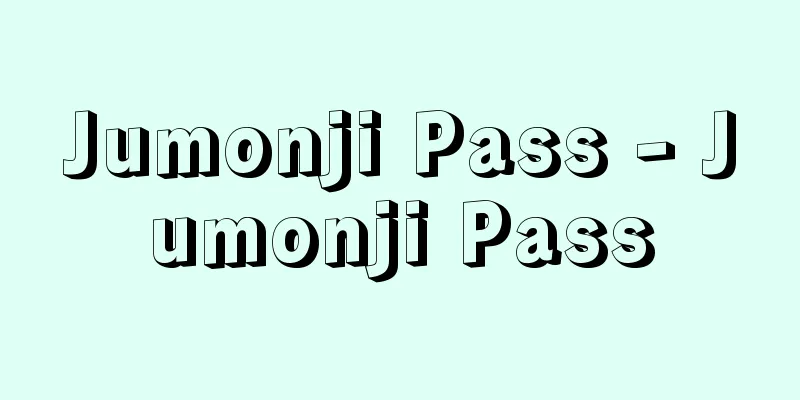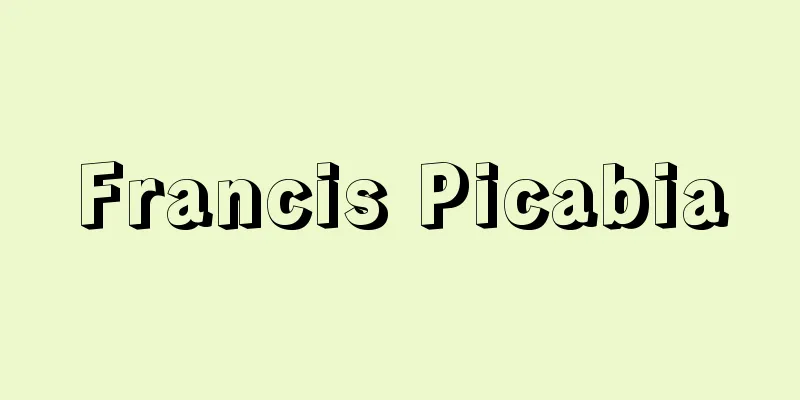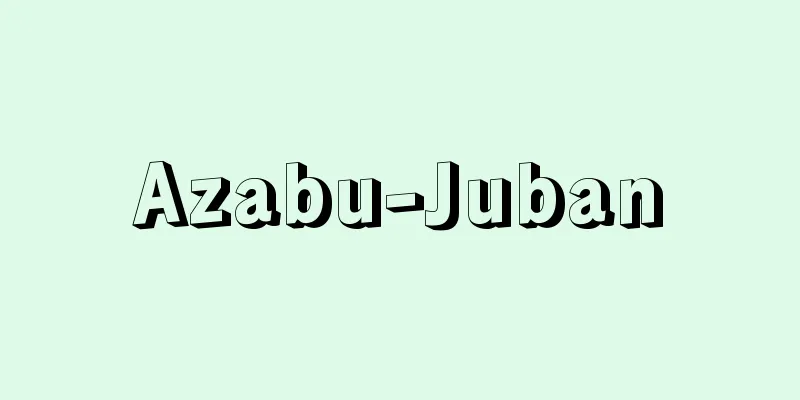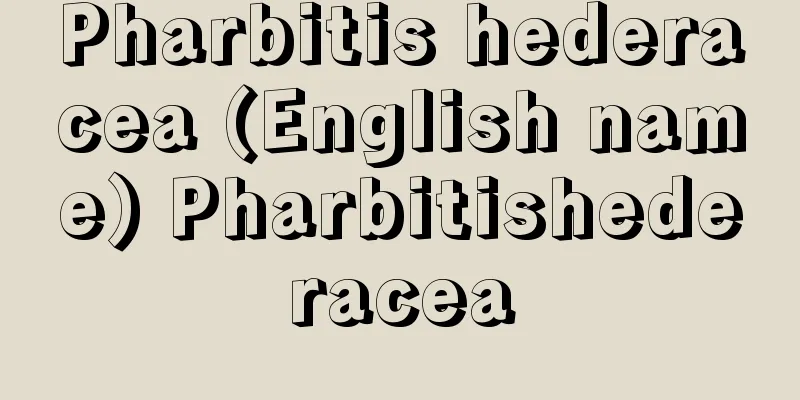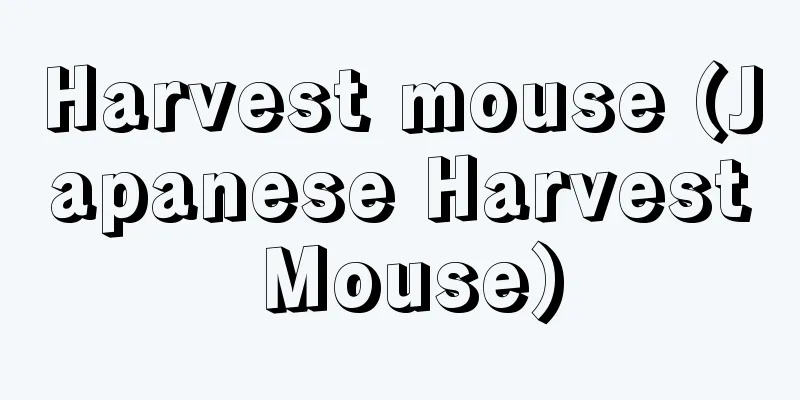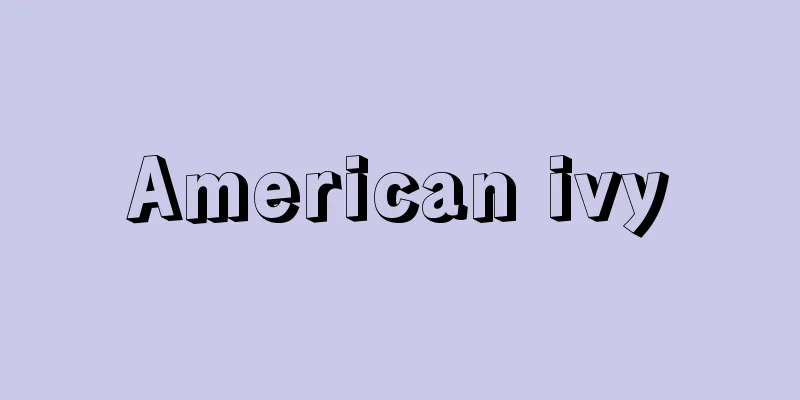"A flock of swirling crows" - A flock of swirling crows

|
…Afterwards, while recuperating on the island, he wrote his first novels, Telegram and The Stealing Woman in 1923, returned to Tokyo in 1925, and wrote Two Copper Coins and Herd of Pigs in the Literary Front in 1926, becoming a member of the magazine. In 1928, he published the anti-war novel Swirling Flock of Crows in Kaizo. In 1929, he traveled to the mainland to cover the Jinan Incident (the Shandong Expedition), and wrote Armed City, which was published in 1930 but was banned. … From "War Literature"…[Editorial Department] Works that affirm war but also criticize its human aspects include Kunikida Doppo's "Letters from My Beloved Disciple" (1894-95), Tayama Katai's "A Private" (1908), Mori Ogai's "Song Diary" (1907), and records of the Russo-Japanese War written by professional soldiers such as Sakurai Tadayoshi's "Flesh Bullet" and Mizuno Hironori's "This Battle". Clearly anti-war and anti-military works appeared after Kuroshima Denji's "A Swirling Flock of Crows" (1928), which was based on his experience of the Siberian Expedition, and in the early Showa period, works such as Tatsuno Nobuyuki's "Military Disease" (1928), Kuroshima Denji's "Armed City" (1930), and "War Against the War" (1928), edited by the General Union of Left-Wing Writers, were written. Then the all-out war between Japan and China broke out, and Ishikawa Tatsuzo's Living Soldiers (1938) was banned. After that, the wartime writers who were sent to mainland China, known as the "Pen Corps," were only able to write works that fully affirmed the war. *Some of the terminology explanations that refer to "The Swirling Flock of Crows" are listed below. Source | Heibonsha World Encyclopedia 2nd Edition | Information |
|
…その後,島で療養しながら,23年処女作《電報》,《窃む女》を書き,25年再度上京,26年《文芸戦線》に《銅貨二銭》《豚群》を書いて同人となる。28年反戦小説《渦巻ける烏の群》を《改造》に発表。29年済南事件(山東出兵)取材のため大陸を旅行して《武装せる市街》を書き30年刊行するが発禁。… 【戦争文学】より…【編集部】 戦争を肯定しながらも,人間的な批判の目をむけた作品として,明治期には国木田独歩の《愛弟通信》(1894‐95)や,田山花袋の《一兵卒》(1908),森鷗外の《うた日記》(1907),ほかに,職業軍人によって書かれた日露戦争の記録として,桜井忠温(ただよし)《肉弾》,水野広徳《此一戦》などがある。明確な反戦・反軍的な作品が現れたのは,シベリア出兵の体験に取材した黒島伝治の《渦巻ける烏の群》(1928)以後で,昭和初期にかけて,立野信之《軍隊病》(1928),黒島伝治《武装せる市街》(1930)のほか,左翼文芸家総連合編の《戦争ニ対スル戦争》(1928)などが書かれた。やがて日中全面戦争が勃発し,石川達三の《生きてゐる兵隊》(1938)が発禁となって,以後,中国大陸に派遣された〈ペン部隊〉とよばれる従軍作家たちは,戦争を全肯定する立場でしか作品を書けなくなった。… ※「《渦巻ける烏の群》」について言及している用語解説の一部を掲載しています。 出典|株式会社平凡社世界大百科事典 第2版について | 情報 |
<<: Kyoto Studio Park - Uzumasa Eigamura
>>: Spiral pattern - Uzumakimonyo
Recommend
Georges Bernanos
French novelist and thinker. Born in Paris and ra...
Wu Ge Xiqu (English: Wú gē Xī qǔ)
Popular songs in the Yangtze River basin during th...
Tanno [town] - Tanno
A former town in Tokoro County, northeastern Hokka...
Crime of aiding a foreign enemy
The crime of participating in or cooperating with ...
Shirouuri (white melon) - Cucumis melo var. conomon; Oriental pickling melon
An annual vine of the Cucurbitaceae family native ...
Capita
…Ancient Roman poll tax. During the Republic, the...
Mirambo (English spelling)
1840‐84 He was a chief who united the Nyamwezi peo...
gabelle
…It was already practiced in ancient Greece (Troy...
Lead poisoning - Endoku
〘 noun 〙 Poison contained in lead. Poisoning cause...
Kitsuki Castle Town
...Tourist attractions include the well-preserved...
Obi fee - Obiryo
...In addition to the obi celebration in the fift...
Indian Chamber of Commerce (Indian Chamber of Commerce)
The central institution that controlled Portugal&#...
Apsua people - Apsuajin
…Located at the western end of the Greater Caucas...
Fire God Judgement - Kashinpan
...Kaoru Nakata gives the following eight types o...
Ghiyāth al-Dīn Tughluq
...1320-1413. The third Turkish dynasty of the so...
